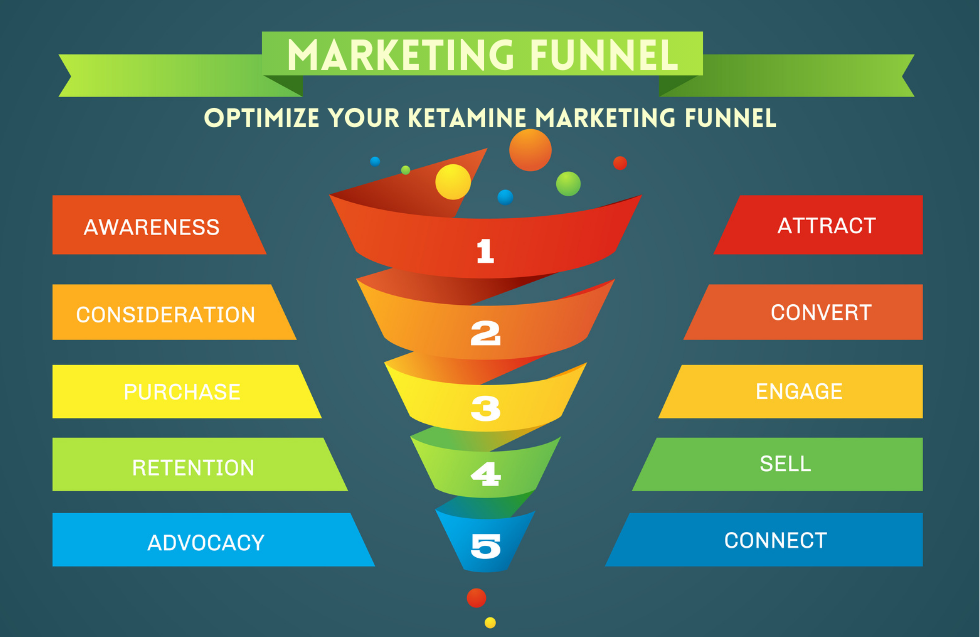In the world of business, timing is everything. Whether you’re seizing a lucrative opportunity, covering unexpected expenses, or managing cash flow gaps, having access to quick and flexible funding can make all the difference. This is where business bridging loans come in. These short-term financial products offer rapid funding for businesses in need of immediate capital. But what exactly are business bridging loans, how do they work, and when should you consider them?
What Is a Business Bridging Loan?
A business bridging loan is a short-term loan designed to provide quick access to cash, typically to bridge a gap in funding while a business waits for longer-term financing or an asset to be sold. They are most commonly used for property transactions, such as when a company needs to purchase a new property before selling an existing one. However, bridging loans can also be used for other purposes, such as covering temporary cash flow shortages, financing urgent operational needs, or even capitalizing on time-sensitive business opportunities.
Key Features of Business Bridging Loans
- Fast Access to Funds: One of the major benefits of business bridging loans is speed. Unlike traditional loans that can take weeks or even months to be approved and disbursed, bridging loans can often be arranged and funded within a matter of days.
- Short-Term Financing: As the name suggests, business bridging loans are typically short-term solutions, often ranging from a few weeks to a year. The idea is to bridge the gap until you can secure more permanent financing or liquidate assets.
- High Flexibility: Bridging loans are versatile and can be used for a wide variety of purposes. They are especially common in the property sector, but businesses across many industries use them to address immediate financial needs.
- Higher Interest Rates: Due to the short-term nature and speed of approval, bridging loans typically come with higher interest rates compared to traditional loans. The cost of borrowing is one factor businesses need to consider before taking out a bridging loan.
- Secured Loans: Bridging loans are usually secured against an asset, such as property or inventory. This means that if the loan is not repaid, the lender may have the right to seize the asset to recover the debt.
How Do Business Bridging Loans Work?
The process of obtaining a bridging loan is relatively straightforward. Here’s how it typically works:
- Loan Application: You’ll need to apply for a bridging loan through a lender, which could be a bank, a specialist lender, or a peer-to-peer platform. The lender will assess your business’s financial position and the asset you’re offering as security.
- Valuation and Approval: Once you submit the necessary documentation and asset details, the lender will usually conduct a valuation to ensure the asset is worth the loan amount you’re seeking. If everything checks out, the loan is approved.
- Funding: After approval, the lender will provide you with the loan amount, usually in a lump sum, that you can use for your intended purpose.
- Repayment: Business bridging loans are generally repaid either when your long-term financing comes through or when your asset is sold. Repayment terms can vary, so it’s essential to understand the timeline and any fees associated with early repayment or extensions.
When Should You Consider a Business Bridging Loan?
While bridging loans can be a valuable financial tool, they’re not suitable for every situation. Here are a few scenarios where a business bridging loan might make sense:
- Real Estate Transactions: If your business needs to purchase a new property before selling an existing one, a bridging loan can provide the funds to bridge the gap in financing.
- Urgent Cash Flow Gaps: If you face a temporary cash flow shortage due to delayed payments or unexpected expenses, a bridging loan can provide the immediate funds you need.
- Seizing Time-Sensitive Opportunities: If a business opportunity arises that requires quick action—such as acquiring an important asset or securing inventory—a bridging loan can help you act quickly without waiting for more traditional financing.
- Business Expansion: When expanding your business, there may be a delay between the cost of expansion and when future revenue will start to come in. A bridging loan can help fund your growth in the short term.
Pros and Cons of Business Bridging Loans
Pros:
- Quick access to funds
- Flexible use of loan funds
- Can be used for a variety of business needs
- Often less stringent approval criteria than traditional loans
Cons:
- High interest rates and fees
- Can be risky if the loan is not repaid on time
- Short repayment periods may lead to financial pressure
- Requires collateral, which could be at risk
Alternatives to Business Bridging Loans
While bridging loans can be a great short-term solution, they come with certain risks and costs. If you’re looking for alternatives, consider the following options:
- Business Lines of Credit: A business line of credit offers ongoing access to funds, typically with lower interest rates than bridging loans. However, it may take longer to secure and may not be available for short-term urgent needs.
- Merchant Cash Advances: A merchant cash advance can provide quick funding based on your business’s future sales, but like bridging loans, it can come with high fees and interest rates.
- Invoice Factoring: If your cash flow issues are due to unpaid invoices, invoice factoring might be a good alternative. This involves selling your unpaid invoices to a third party in exchange for immediate cash.
Final Thoughts
Business bridging loans are a powerful tool when your business needs fast funding to cover short-term financial gaps. However, like any financial product, they come with their own set of risks and costs. It’s important to carefully assess your business’s ability to repay the loan and consider all your options before committing. If used wisely, a bridging loan can help your business navigate short-term challenges and seize opportunities that otherwise might be out of reach.













